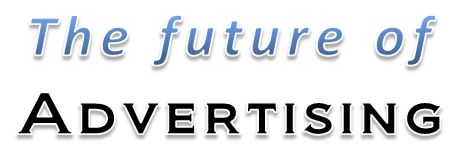Even if you don’t know what on earth a Demand-Side Platform (DSP) is, this panel video offers fascinating insights into the latest things that are keeping people in the online display ad world awake at night
This panel session was called:
Try That With a DSP! Is Big Impact, Big Unit Display Creating Big ROI?
This panel session was called:
Try That With a DSP! Is Big Impact, Big Unit Display Creating Big ROI?
It was at an event called OMMA Display NY, held at Sentry Centers, New York, Mid-town East, on November the 7th2011
OMMA is The magazine of online media and advertising
The moderator was Peter Minnium, Head of Digital Brand Initiatives
The panellists were:
- Ana Andjelic, Digital Strategist, Droga5
- Alisa Bowen, General Manager, Wall Street Journal Digital
- Paul DeBraccio, CEO, Interevco
- Niklas Lindstrom, SVP, Head of Interactive Production, BBDO
- Jim Meskauskas, Co-Founder, MediaDarwin
The issues discussed were:
- targeting technology be damned
- context, impact, immersiveness, share of voice still matter, many publishers argue
- premium content has embraced the push down and large fixed panels among the OPA ad units
- marquee brands are starting to invest in the IAB’s rising stars formats
- and the new app ecosystem has helped reinvigorate sponsorship models
- but how effectively are publishers pushing back against the banner-spewing, audience-buying juggernaut to preserve their place within the digital marketplace?
- how are the buyers evaluating the cost and effectiveness attached to these new custom display opportunities, and how are they integrating them into a larger marketing mix?
Here, in case you were curious, is a Wikipedia definition of a Demand-Side Platform:
A demand-side platform (DSP) is a system that allows digital advertisers to manage multiple ad exchangeand data exchange accounts through one interface.
Real time bidding for displaying online ads takes place within the ad exchanges, and by utilizing a DSP, marketers can manage their bids for the banners and the pricing for the data that they are layering on to target their audiences.
Much like paid search, using DSPs allow users to optimize based on set Key Performance Indicators such as Cost-per-clicks, and Cost-per-action.

